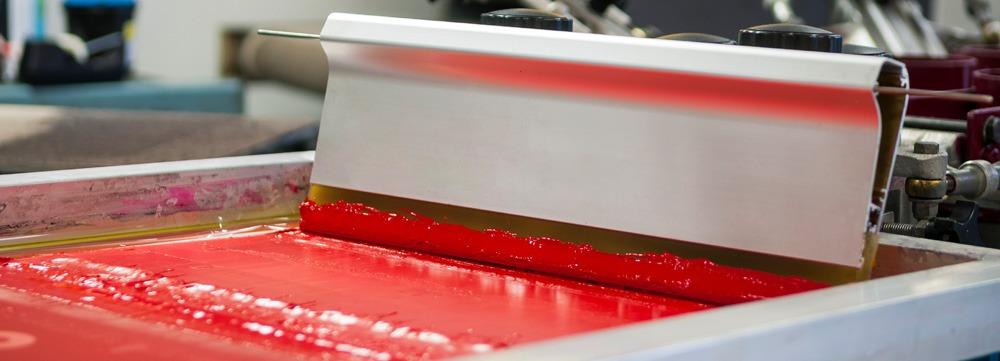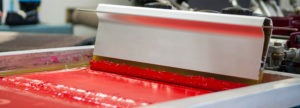

The Inherently Degenerative Nature of Production Printing

One truism to remember in the printing industry is that the image reproduction process—from original to press, is an inevitably “corrosive” process. That is, even if one starts with the highest-resolution, digital, Ansel Adams photo, the quality of the image will be increasingly compromised as the number of “reprints” increases. As photos are translated into pixels—into 1’s or 0’s—and ultimately into inks, information will be lost as it moves through each production step. The final image may be very close to the original—acceptably close—but never identical. That is the nature of reproduction.
This reality also holds true for Printed Electronics, and especially the challenges of screen printing micro-circuits. For these screen printers, it is not about making sure that the picture is pretty or the color is correct. Instead, printers in this industry seek functional integrity. They need the prints to perform—to move a precise dosage of electrically charged particles—on an unbroken course—from point A to point B.
“Precise dosage” and “unbroken” are the key terms for the electronics screen printer, because they demand that the final circuit be identical to the original CAD drawing, without voids that could cause shorts. There is no tolerance, for image “corrosion” with electronics screen printers—an incorrectly printed circuit will simply fail, and with it, the electronic device itself.
Overcoming this phenomenon is a challenge that Chromaline has tackled with the introduction of its Alpha™ E-20 micro-line emulsion for Printed Electronics. With high-resolution particles in the 2 to 3-micron range, it is possible to resolve lines down to the 20-micron level with operational accuracy. The ability to preserve image integrity at the stencil phase—the very beginning of the production process—is imperative if to produce a functional circuit. Anything less than a perfect stencil is not acceptable due to its inherent value in the production of the stencil, the finished product and the cascade of implications embedded in the proper functioning of the vast array of electronic devices.
